Have you ever experienced a red bump near the edge of your eyelid? What’s called? It’s a stye! Is it cancerous? Does it pose a health risk? Is it permanent or temporary? Good questions and you have come to the right place!
What is a Stye?
A stye is a red bump that forms on the outside edge of the eyelid. Did you know that our eyelids have a number of tiny oil glands? Yes, you heard it right! Without proper hygiene, dead skin and oil buildup can clog these holes, which in turn leads to a stye over time.
Facts about Styes
Many people believe that styes can cause vision problems. The truth is that they don’t. When a stye develops, visit a physician to avoid other serious issues. Is it contagious? No! The germs won’t spread. Caused by staphylococcal bacteria, styes can lead to swelling, redness, pain, and tenderness.
Symptoms
Whether you experience pain or swelling near the edge of your eyelid, you have a high risk of developing a stye. Other symptoms can include increased tear production, a crust, itchiness, and soreness.
Common Treatments for You
- A Warm Compress is Useful
Searching for the most effective way to treat a stye? Don’t look further than a warm compress! After a proper and regular use, it dissolves both the pus and oil, draining it naturally.
But is it hard to use? No! All you have to do is to wet a smooth cloth with warm water. Then, wring it so that it’s well damp. After that, gently place it over your eye for at least 10 minutes. Never squeeze or puncture the stye to avoid serious complications. Do this thrice a day to enjoy immediate results.
- Use a Mild Soap and Clean Water
Did you know that soaps and shampoos can worsen styes? In fact, they can prolong the redness, inflammation, and pain. The secret here is to use a mild soap and a tear-free shampoo. Then, don’t forget to use warm water. All you have to do is to wipe off your eyelids with a cotton swab. Make sure to do the process every day until the style is finally gone.
Another great alternative is a saline solution. While it promotes drainage, it effectively breaks down bacterial membranes within a short period of time. Just be cautious when making a purchase for your convenience and safety.
- Consider a Warm Tea Bag
You probably use a warm cloth compress. Then, switch to a warm tea bag. While there’s a multitude of options to choose from, black tea should be on top of your list. After a few days of application, you can reduce the inflammation. Thanks to its antibacterial properties.
Just like making a tea to drink, boil water and drop a tea bag in a mug for a minute or two. Then, let it cool down. After that, place it over the affected area for 10 minutes. To enjoy a quick result, use different tea bags for every affected spot.
- Incorporate Over-the-counter Painkillers into your Regimen
At the early stage, a stye can be painful, which can last for a few days. While some patients can endure the discomfort, others cannot bear it within a longer period of time. So, it’s best to take acetaminophen, ibuprofen, and other over-the-counter painkillers. Make sure to follow the instructions to avoid side effects. When the pain is recurring, please feel free to visit your doctor.
- Avoid Wearing Contact Lenses and Using Makeup
People still use makeup or even wear their contacts, although they have a stye. Don’t do the same thing! Makeup has components that can irritate the affected area and even delay the healing process. The worse thing is that you can spread the germs to your makeup, which can affect your other eye.
Don’t forget to throw any eye products that are over three months. Plus, wash your brushes on a regular basis.
For those who wear lenses, use a pair of glasses until the stye is gone. Remember that the bacteria can get onto your contacts and worsen the infection.
- Apply Antibiotic Ointments
Avoiding makeup or lenses when you have a stye can shorten the healing process. But it’s not enough! You can purchase over-the-counter stye ointments. To get started, just pull the lid of the affected area. Then, apply an inch of ointment inside the stye.
Yes, it’s tempting to use topical steroids. However, they cause potential side effects. Antibiotic eye drops are a smart option for eternal styes.
Tips to Prevent Eye Styes
Getting a stye increases the risk of having another one. Despite the size, it’s painful and uncomfortable. The good news is that you can prevent them.
While there are many overwhelming factors to weigh in mind, washing your hands with soap is a good practice.
Other experts-recommended tips are written below:
- Clean the affected eyelids with a Q-tip. Make sure to dip it in warm water and mild soap.
- Remove your makeup before sleep
- Don’t use towels that someone uses with a stye
Frequently Asked Questions
Can you pop a style?
No, you can’t pop, squeeze and touch a stye. Although it’s tempting, remember that squeezing releases pus and spread infection. The best thing to do is to consult an ophthalmologist and other eye specialists for your comfort.
How long does it last?
The swelling of a stye lasts for three days. Then, it starts to break open or drain. With the proper home treatment, the healing can take at least 10 days. To shorten the process, apply antibiotics and other safe prescriptions.
When to See a Doctor?
When your stye gets bigger or becomes more painful, see a qualified specialist. While some patients leave a style untreated for days, don’t wait for the time when it leads to a complication. Contact a healthcare professional for your safety.
Looking for the right expert? Then, choose the one that has the expertise and high-end tools to make your experience less stressful.


